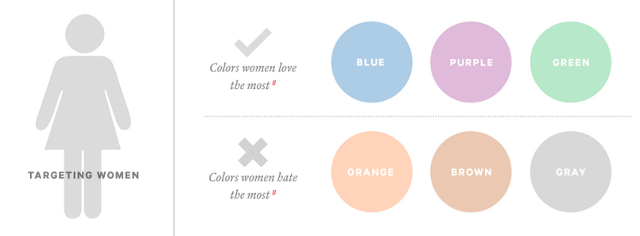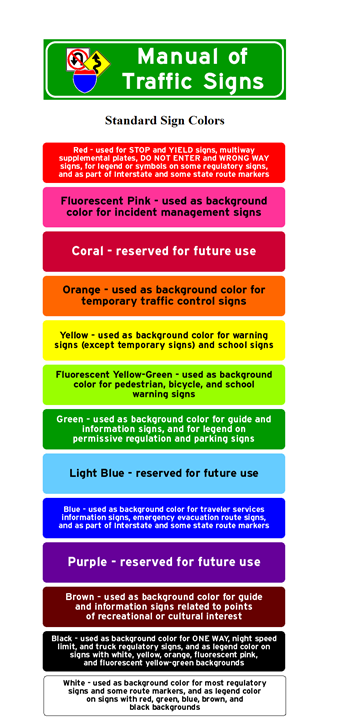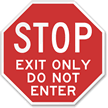Sign colors: What’s in a shade?
Everyone has a favorite color! Some of us even have a least favorite color. But did you know that our love for colors makes up 90% of product assessment according to FastCompany? Meaning, two sweaters that are identical in everything but color could make a big difference in terms of revenue. It may not always be obvious, but different colors trigger us in very different, specific ways, from our emotions to our behaviors.
FastCompany has figured out that women favor cool colors such as blue, purple, and green. They tend to shun orange, brown, and gray. Men love blue, green, and black; they shun brown, orange, and purple. Poor brown and orange!
Color association has been put in use nationally for sign identification. This helpful infographic from trafficsign.us explains how some of the colors we see on our daily road signs are selected.
Traffic light colors
Let’s break down the colors that compose a traffic light.
- The green light allows traffic to proceed, indicating it is safe to proceed. The color green has been shown to have a calming effect, most likely stemming from its prevalence in nature, and welcomes forward movement.
- The yellow light invites drivers to proceed with caution. Because yellow is the most visible color at a distance, it functions well as a warning sign.
- The red light restricts traffic from continuing. Red traditionally is seen as a color of intensity, and has been shown to stimulate energy and encourage action, which makes it an effective symbol for danger.
Sign colors
Red signs
Generally, red is used in regulatory signs, communicating the message to stop, yield, prohibit entry, and restrict. OSHA, the Occupational Safety and Health Administration, uses red as the basic color for identification of evacuation and danger. Red traffic signs require immediate action.
Yellow signs
As with a traffic light, yellow functions as a warning, used at intersections, curves, playgrounds, and impending hazards. OSHA’s color system utilizes yellow to designates caution and mark safety hazards, such as gas, steam, and petroleum. Yellow warning signs often are used to point out hazards that may not be visible to drivers.
Green signs
Green signs invite and inform – usually in the form of announcing destinations and distance. The current MUTCD, or Manual on Uniform Traffic Control Devices, stipulates that guide signs on freeways and expressways are to have white letters and symbols on a green background. Green also is often chosen for welcome signs because it represents safety and has been proven to have a relaxing, soothing effect. There’s a reason guests on television programs wait in a “green room”!
Brown signs
Brown signs are used to alert drivers to public cultural or recreational points of interest, such as campgrounds, parks, forests, or historic sites.
Orange signs
Orange signs point out construction zones and detours associated with construction. Orange’s effectiveness in signage comes from its impossible-to-miss fluorescence in dark construction zones.
Black and white signs
Black and white signs express regulations drivers must follow, such as speed limits or NO TURN ON RED. Other black and white regulation signs include DO NOT BLOCK INTERSECTION and DO NOT PASS.
Did you know?
But despite the color associates we know and love, things were different in the past. Can you imagine stop signs being yellow? They used to be!
The STOP sign from 1924 to 1954 was yellow because it couldn’t be red. AASHO in 1924 acknowledged the superior visibility of yellow and advocated its use in the sign. It rejected the use of red because it did not provide adequate visibility at night. Moreover, limitations in technology to produce a reflective material in red that was durable enough to last prevented the use of this color in the STOP sign.
“The problem was they could not produce a reflective material in red that would last. It just was not durable until companies came up with a product in the late ’40s, early ’50s,” said Professor Gene Hawkins, expert on the history of the STOP sign.
Why does sign color matter?
Tweaking something as small as color can change our entire perception of the object. Red has become a sign of caution or warning. We pay more attention to red signs because we’ve been taught that these signs have the highest level of importance. Yellow has become associated with caution rather than a mandate. Reading a mandatory sign in a secondary voice could lead to reckless driving or ignored warnings!

















